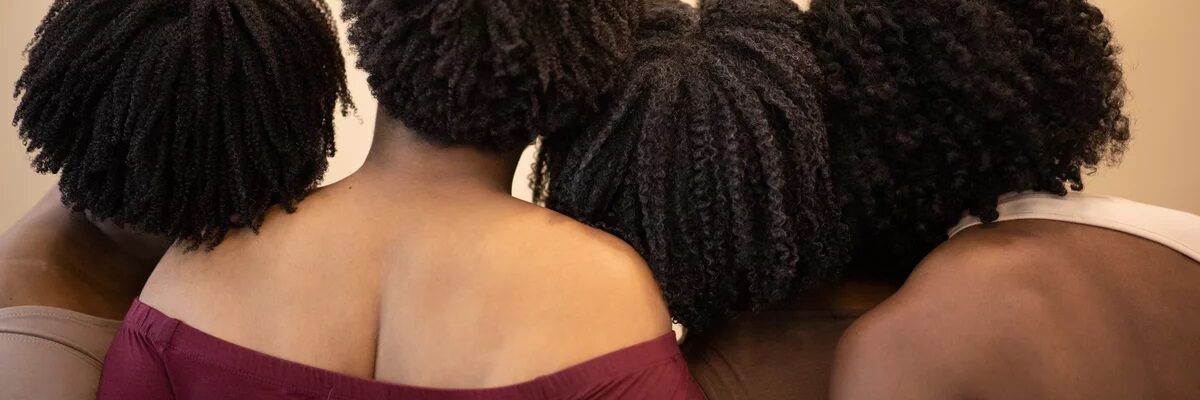
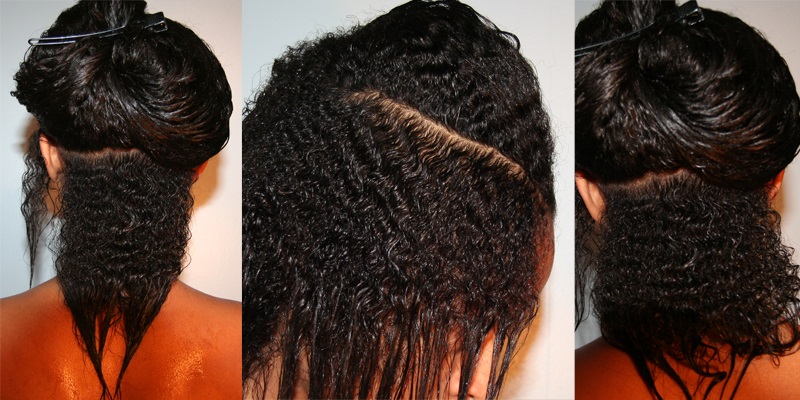
So, you’ve finally decided to stop relaxing your hair – you want to go back to your natural curls – but you want to do so without doing a big chop, right?
The truth is, a lot of women who relax their hair will at some point feel the urge to go natural, however there is always that fear of the transitioning process in the back of their minds.
Well, the good news is that transitioning to natural hair does not mean that you need to cut all of your relaxed hair off in one big chop! And it is certainly not a process you should fear but one you should embrace.
There are many ways you can transition your hair to natural without having a significant style change. Transitioning can be done gradually in stages. The key is finding what works for you and applying it.
Let’s look at a few tips for transitioning from relaxed to natural hair without doing a big chop.
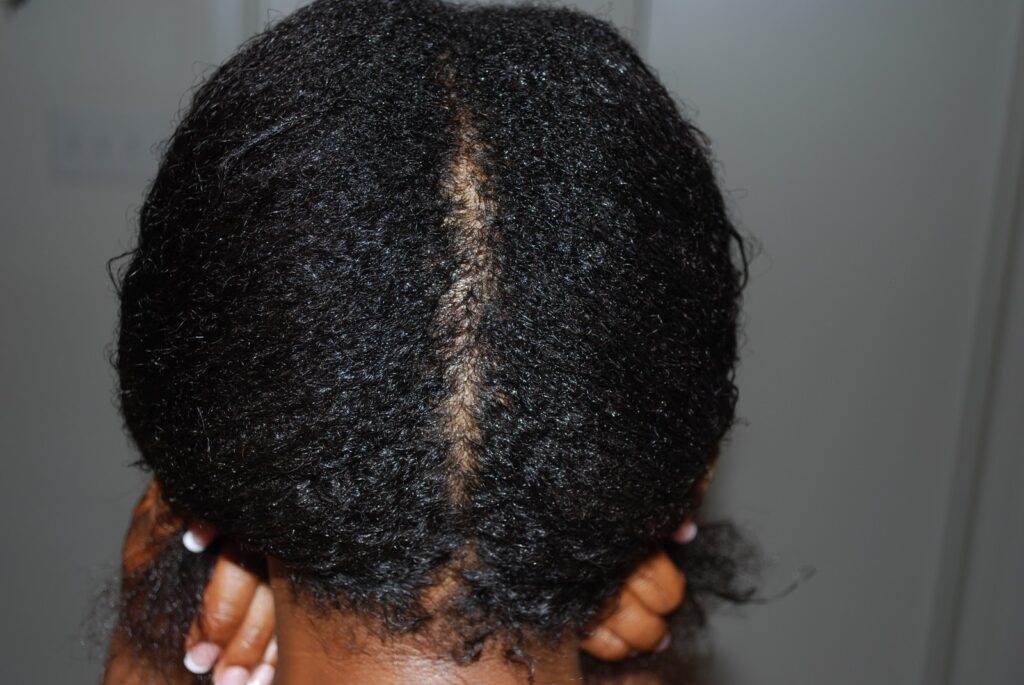
Understanding your hair type and texture
The first thing you need to understand before you start the transitioning process is your hair type and texture, knowing this will help you choose the proper care for your hair.
Most women who relax their hair have afro-textured hair strands which are Type 4s. These hair strands tend to form very tight and small curls right from the scalp that are coarse in texture. This hair type tends to be naturally dry and thus requires lots of moisture to prevent breakage.
So, based on hair type, some women will be able to transition quickly, while others will take longer.
Transitioning to natural hair can be a long process. As such, it’s essential to know your hair type to choose the proper care for you.
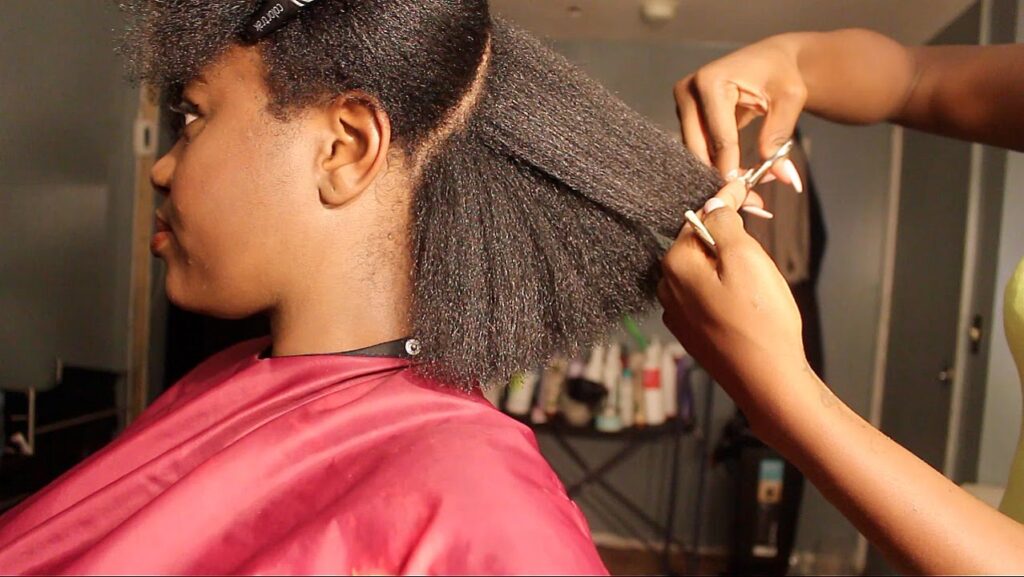
Trim your ends regularly
You may not be doing the big chop, but the scissors should be your best friend because you’ll still have to cut your hair ends regularly.
As you transition, the goal is to keep your ends as healthy as possible and regularly trimming your hair helps remove any split and damaged ends before they become problematic.
Additionally, trimming your hair also helps to prevent future breakage, make detangling much easier and stimulate faster hair growth.
With that said, it is important to note that excessive trimming can significantly slow down your hair growth process.

Use protective styling
Protective styling is one of the most used methods during the transitioning process. This is because using protective styles can help protect the length of your hair from damage while transitioning to natural hair.
Daily handling of hair causes split ends, dryness, and breakage, but protective styles tuck away the entire length and ends of your hair reducing any hair damage. The ends are the oldest part of your hair and so they are more susceptible to damage.
If you’re wondering what protective styles are, there is actually a wide array of styles that you can experiment with when transitioning to natural hair.
Protective styles may include cornrows, twist, braid, weaves, wigs, crotchet styles, among many others.
Such styles allow for minimal manipulation and thus protect your hair from unnecessary breakage caused by daily styling.
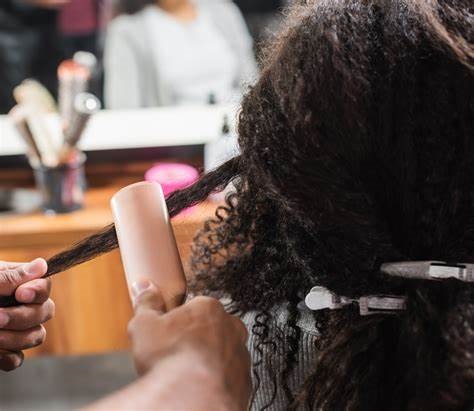
Minimise heat styling
Heat styling is the main culprit when it comes to hair damage be it relaxed or natural hair. Excessive heat styling changes the shape of your hair’s keratin (protein) strands, which is definitely not good for your hair.
Heat also generally strips natural oils and water molecules away from your hair and makes your hair even more vulnerable to further damage.
The tell-tale signs of heat damage may include dryness, split ends, knotting, dullness, frizzy and rough texture as well as breakage.
Minimal heat (below 300 F) will not cause permanent damage. However, continued use of hot tools will cause more harm than good.
These tools may include blow dryers, flat irons, and curling irons. It’s best to reduce your use of heat tools or stop using them all together.

Use deep conditioner and moisturiser
Your hair requires maintaining moisture in both the scalp and ends. Moisture is to natural hair as oil is to cars – it keeps everything running smoothly and prevents damage.
Deep conditioning your hair regularly will help maintain moisture in your natural hair. Without such maintenance, you may encounter dryness or split ends that can lead to breakage. If these issues occur, transitioning becomes even more difficult as you are more prone to tangles and knots.
Deep conditioning also strengthens any damaged or brittle ends that may have resulted from previous chemical use.

In addition to using a moisturising deep conditioner you should moisturise your hair daily while transitioning because your hair will require a lot of water for hydration.
Your daily routine while transitioning should ideally include a spritz of water before styling or wrapping up for bedtime and a cream or oil moisturiser to seal and hydrate.
Remember to limit the use of heavy products and oils that can weigh down your hair shaft when transitioning from straight to natural.
Now that you’ve been given these tips, you’ll see that transitioning to natural hair without a big chop is possible it only takes persistence and patience.
The transitioning process is an opportunity for you to learn more about your hair and what works best for it!
Good luck on your transitioning journey!







Comments